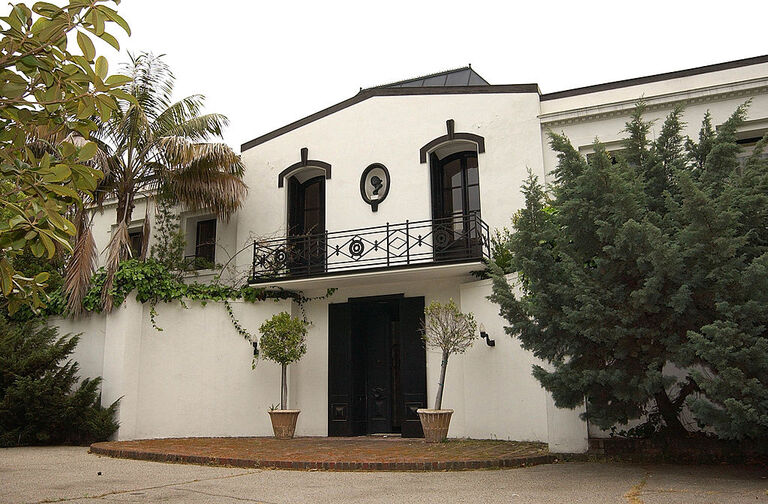Inside The Crumbling Walls Of Liza Minnelli’s Abandoned Beverly Hills Mansion
Beverly Hills is full of magnificent homes. Yet somewhere among the glamorous villas of the rich and famous lies a decrepit building. The mansion was once the home of talented Hollywood director Vincente Minnelli and his family — but it has since been abandoned and left to decay. And its crumbling walls and overgrown gardens are a sorry testament to the legal battle that would come to engulf the property.
A luxury home
Vincente left his impressive Beverly Hills home to his daughter, Liza — and it was said to be worth some $1.1 million at the time in the 1980s. But he also left lifetime use of the property to his fourth wife, Lee. So while his widow continued to live there, his daughter apparently paid the bills. The stage was set for a fight. The house had been home to true Hollywood royalty — but before long, it would be falling into ruins.
A Golden Age icon
Vincente Minnelli made a name for himself in the movie business in the mid-20th century, helming several classic musicals. In 1951 he sat in the director’s chair for An American in Paris — a film that took home the Academy Award for Best Picture. Seven years later, he repeated that success and also earned the Best Director award for his work on Gigi.
Judy Garland enters the picture
Over the course of his life, Vincente married four times. He tied the knot with his first wife, the legendary actress and singer Judy Garland, on June 15, 1945. Garland received considerable recognition for her work and picked up a Golden Globe and Special Tony among other awards. She is perhaps best known, however, for her role as Dorothy in 1939’s The Wizard of Oz, for which she earned a Juvenile Oscar.
A star is born
Vincente and Garland had one child: Liza Minnelli. Born on March 12, 1946, Liza would grow up to become a star in her own right. She bagged an Academy Award for her role in the 1972 film Cabaret and is also widely celebrated for her singing voice, with memorable performances at venues like Carnegie Hall and Radio City Music Hall through the late ’70s, ’80s and early ’90s.

